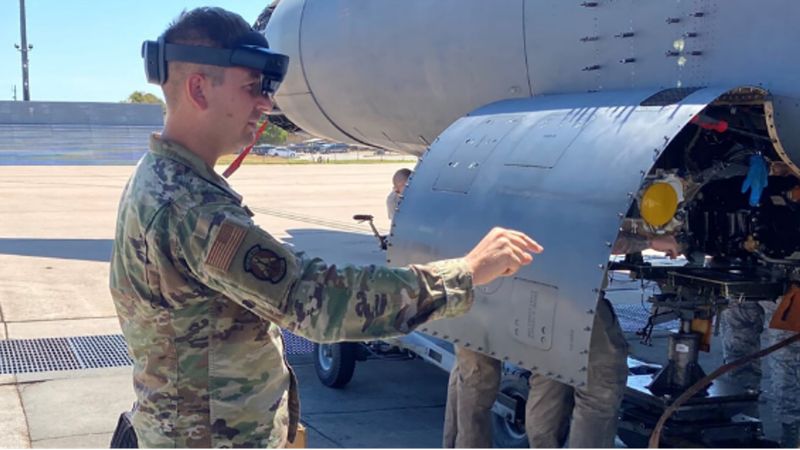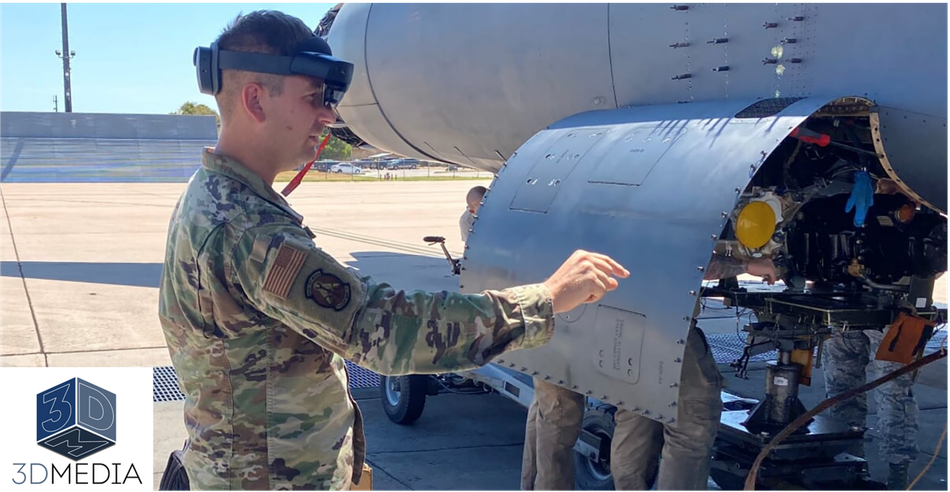Avoiding Dead Batteries in AR and VR Headsets
Virtual and augmented reality are becoming increasingly useful for manufacturing, maintenance, construction and surveying activities, but what good is an advanced immersive visual medium if you can’t use it for very long?
Virtual and augmented reality are becoming more prevalent in recreational and professional applications. Manufacturing, maintenance, construction, and surveying activities are just a few examples of where virtual and augmented reality technologies are becoming increasingly useful.
Whether it’s to create a safe, effective, and immersive medium to share visual information or simply provide training for a task, AR and VR systems have become indispensable productivity boosters.
With the ever-increasing demands for such products, the requirements for their hardware increase too. Optimal battery life is a pivotal requirement of AR and VR systems. Afterall, what good is an advanced, immersive visual tool if you can’t use it for very long?
Currently, there are two ways to improve the battery life of AR and VR devices. The simplest method is to add more battery cells to the device. While this will certainly improve the system’s energy storage capacity, it will also make the physical device heavier, uncomfortable, and bulkier -- none of which are desirable qualities.
The other option is to implement an energy harvesting device, such as a solar cell, to pair with the batteries in an AR/VR system. The downside to that option is that energy harvesting devices deliver intermittent and small amounts of power to the headset. The HoloLens 2 headset recommends delivering >5W of power, which would require a very large solar cell to meet when compared to the size of the headset.
However, this is an opportunity to consider supercapacitors’ unique ability to charge with very small levels of power, even from intermittent sources, and discharge a high amount of power to the load. The challenge that comes with using supercapacitors is the need to find enough physical space on a circuit board or in the systems to place them.
This is a major advantage that the Cable-Based Capacitors (CBCs) provide. Capacitech’s flexible supercapacitor is capable of being integrated into a design without causing negative design tradeoffs. Areas with complex geometries can now be utilized by taking advantage of the CBC’s flexibility.
This includes integrating supercapacitors into cables that deliver power to the headset, or across the straps of the headset without sacrificing comfort level. The CBC’s form factor enables designers to take advantage of the space that is typically ignored or left vacant. Pairing the CBC and energy harvesting technology offers a pathway to extend AR and VR runtimes to meet the needs of today and tomorrow.
From Concept to Reality
Capacitech has partnered with 3D Media to extend the runtime of AR/VR headsets to be used for US Air Force flight maintenance. The addition of the CBC and solar cells to the headset will enable users to work on a flight line for longer periods of time, without the need to be tethered to a power outlet or frequently recharge the headset. 3D Media’s custom software bundled with the extension of runtime helps the Air Force improve achieve operational excellence and efficiency previously unattainable without these technologies.
About 3D Media
3D Media is a woman and veteran-owned small business founded on the idea of creating better training for all through VR/AR technology. Their mission is to reduce risks caused by flawed training models, and help organizations build an agile and adaptive workforce via scalable VR/AR training solutions. For more information, visit https://3dmedia.io/.

